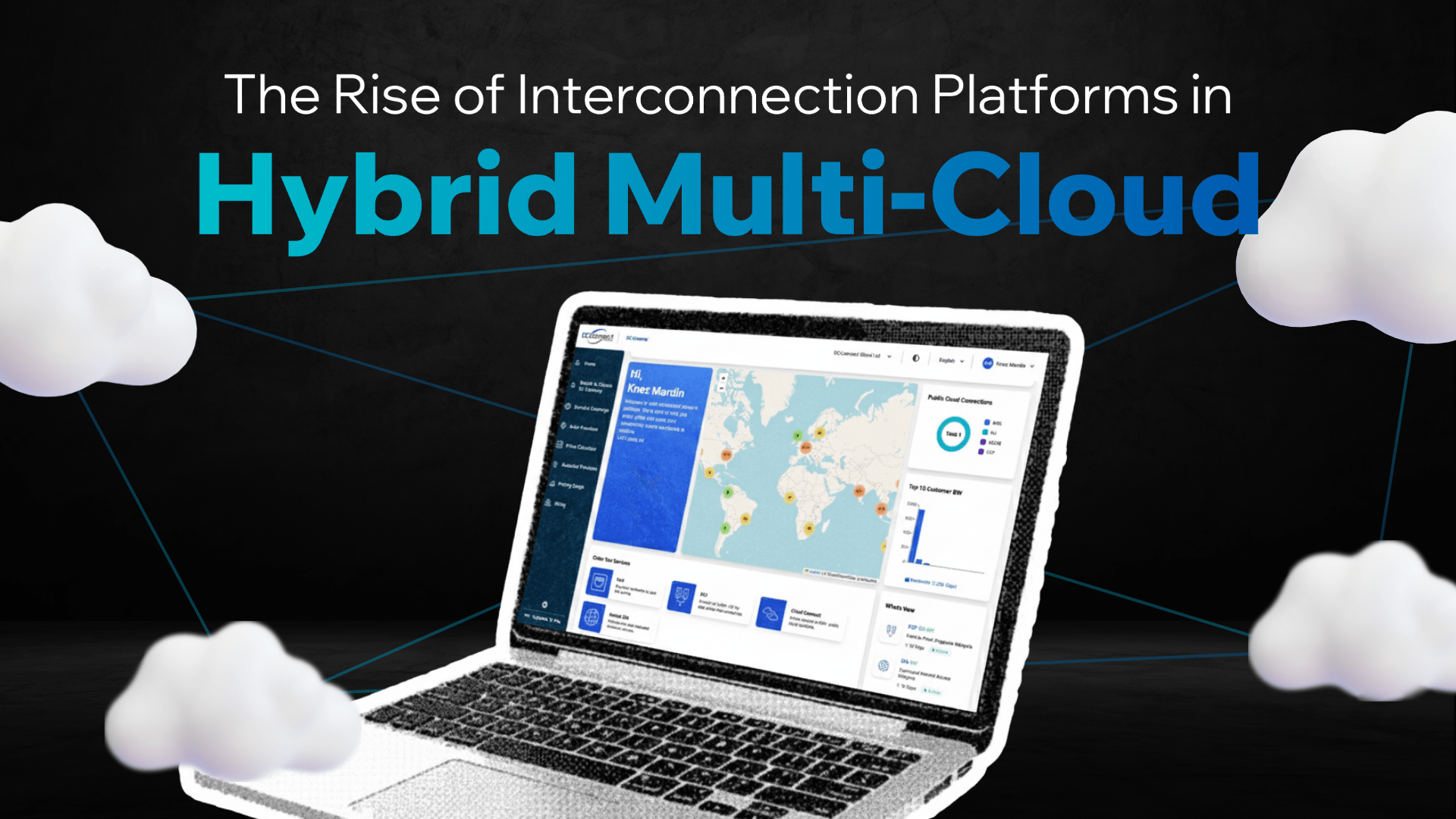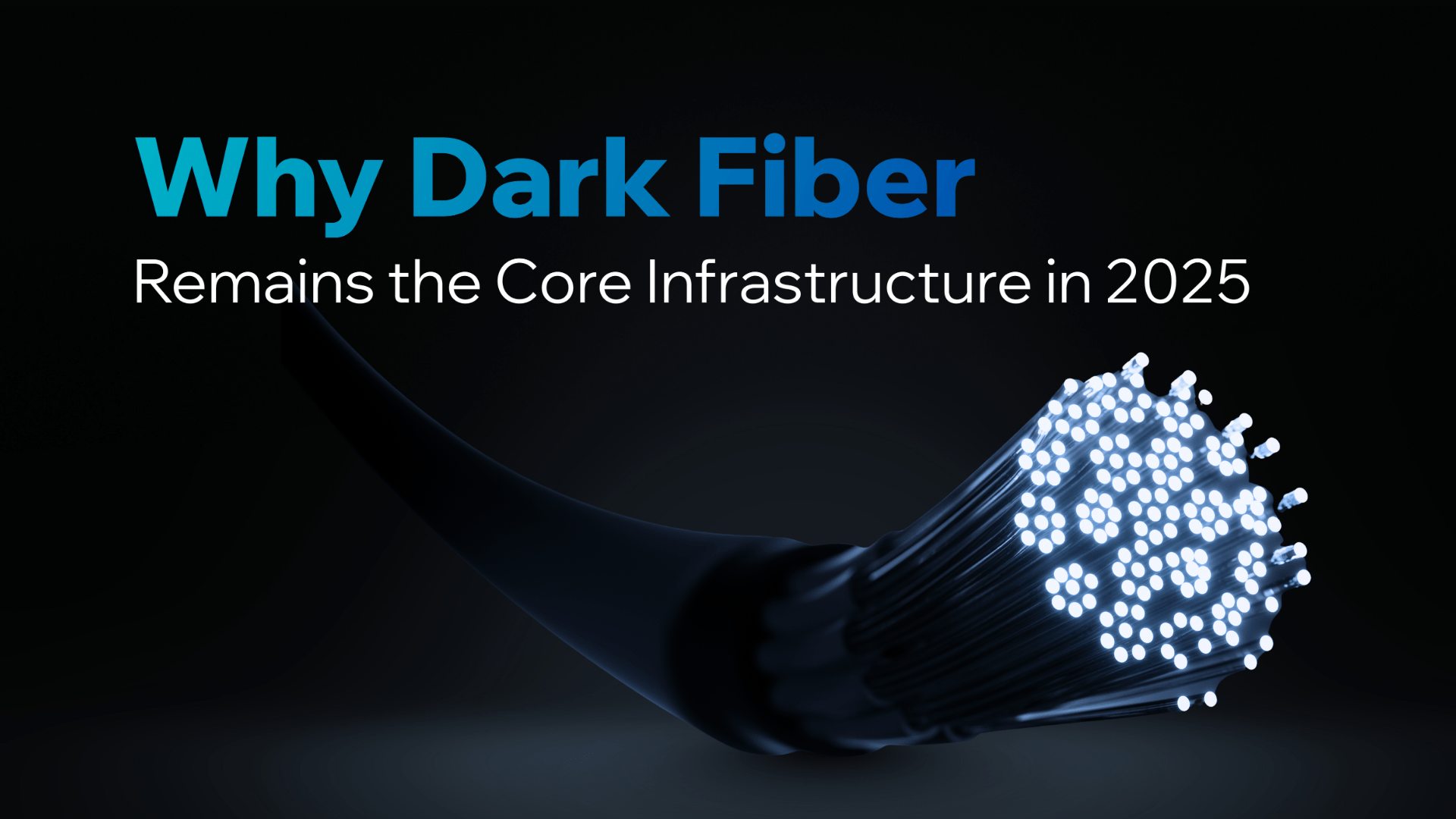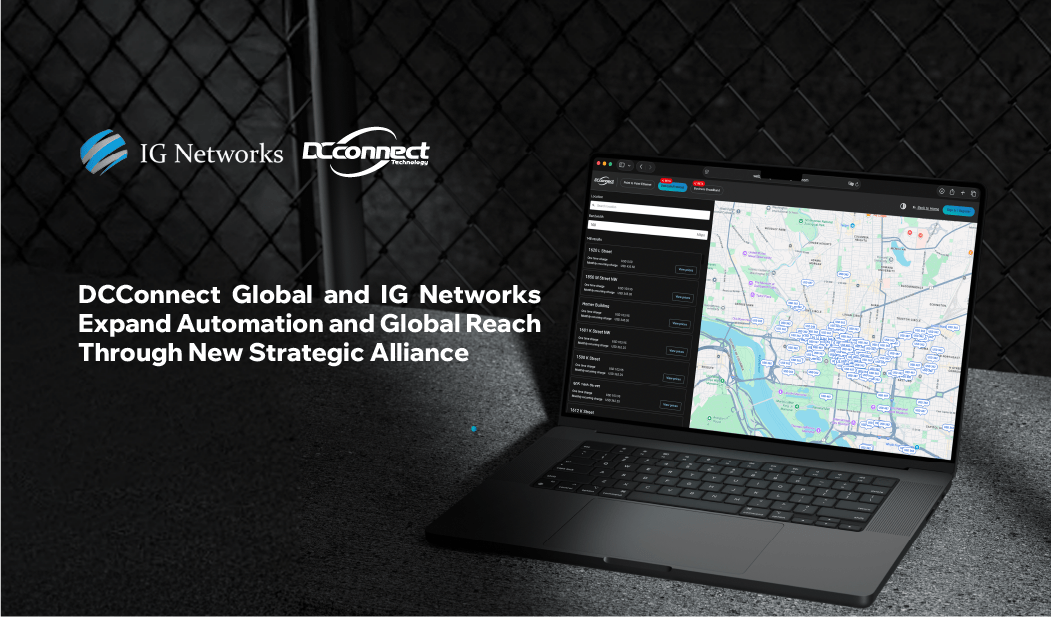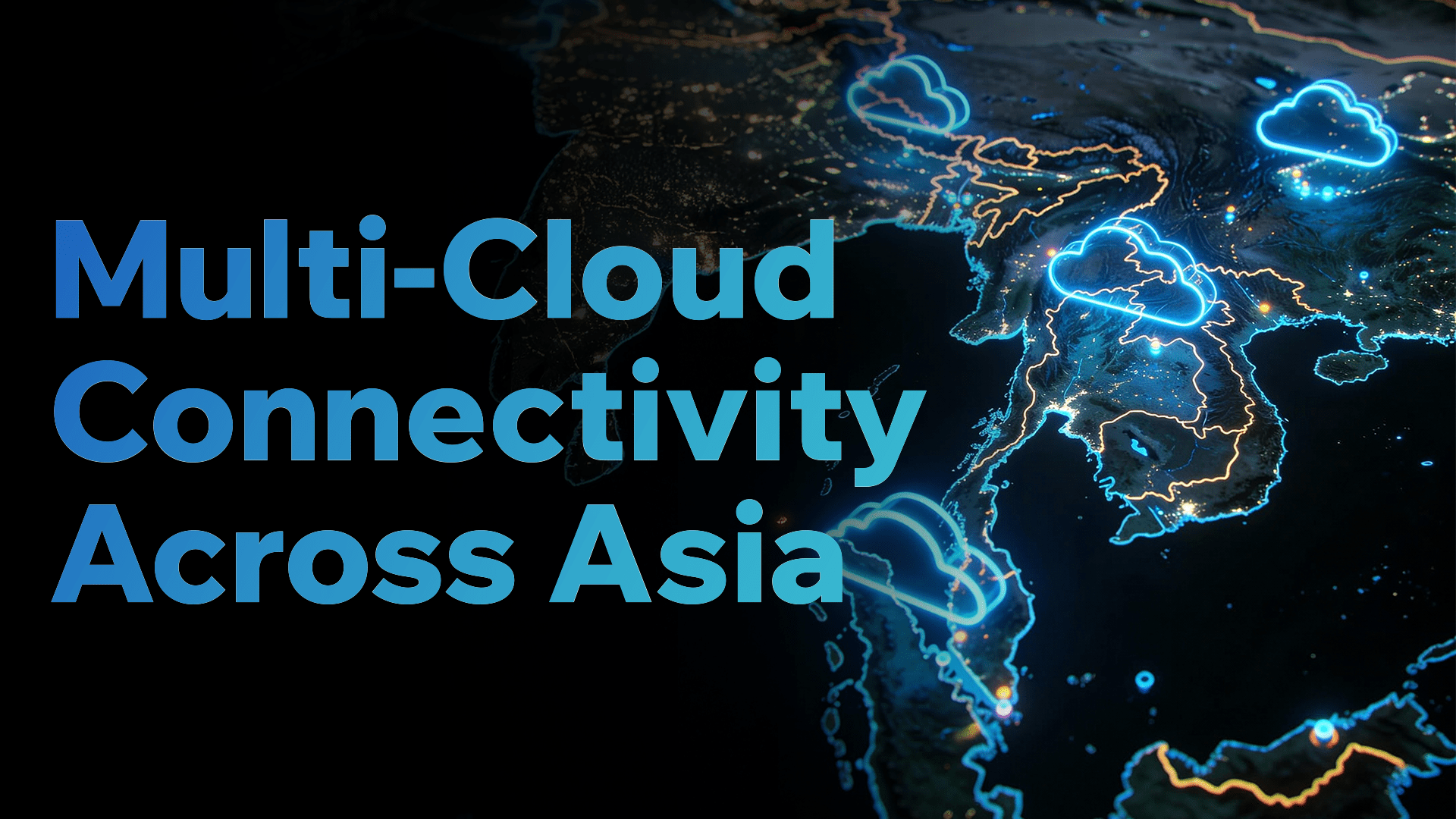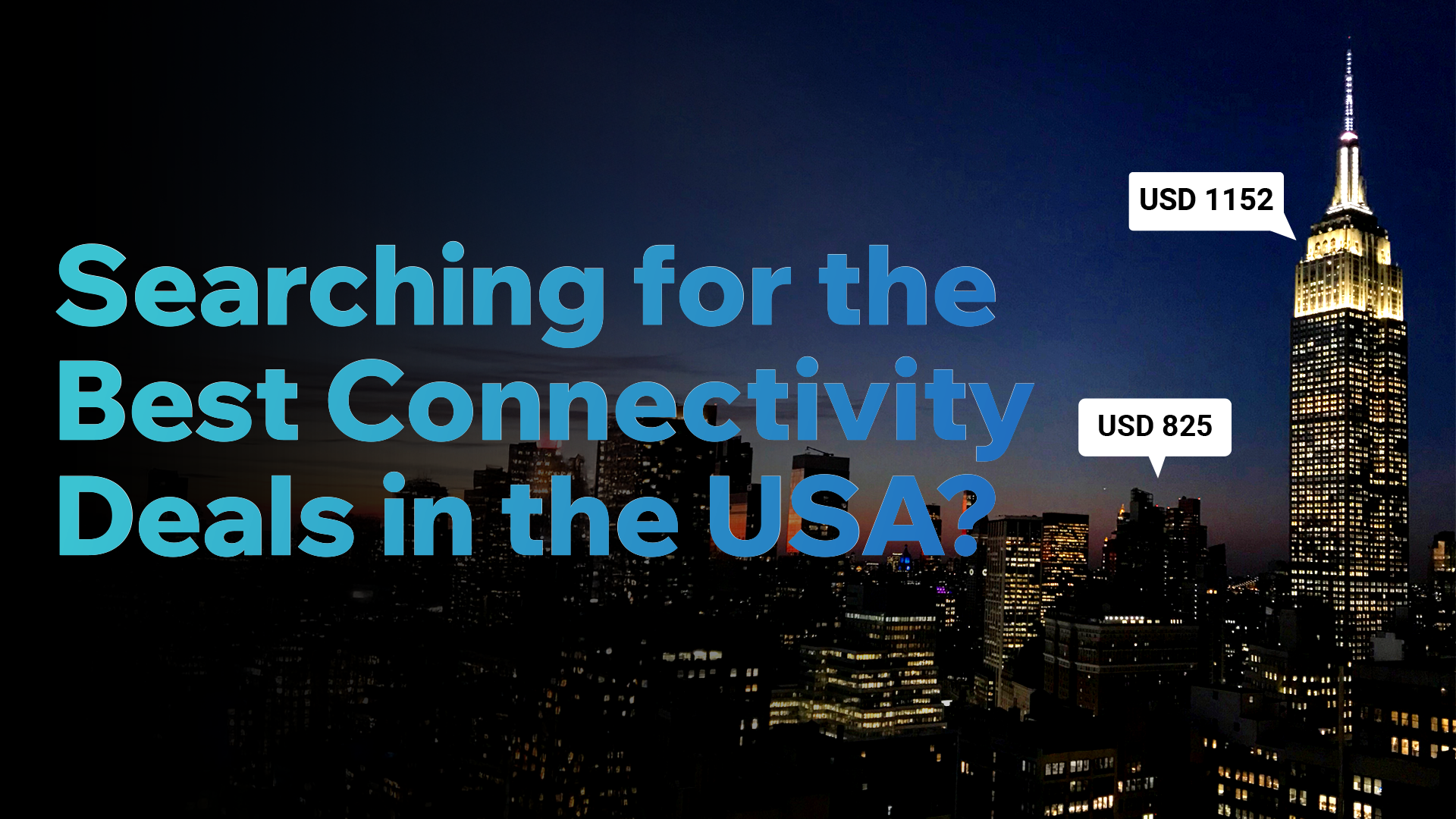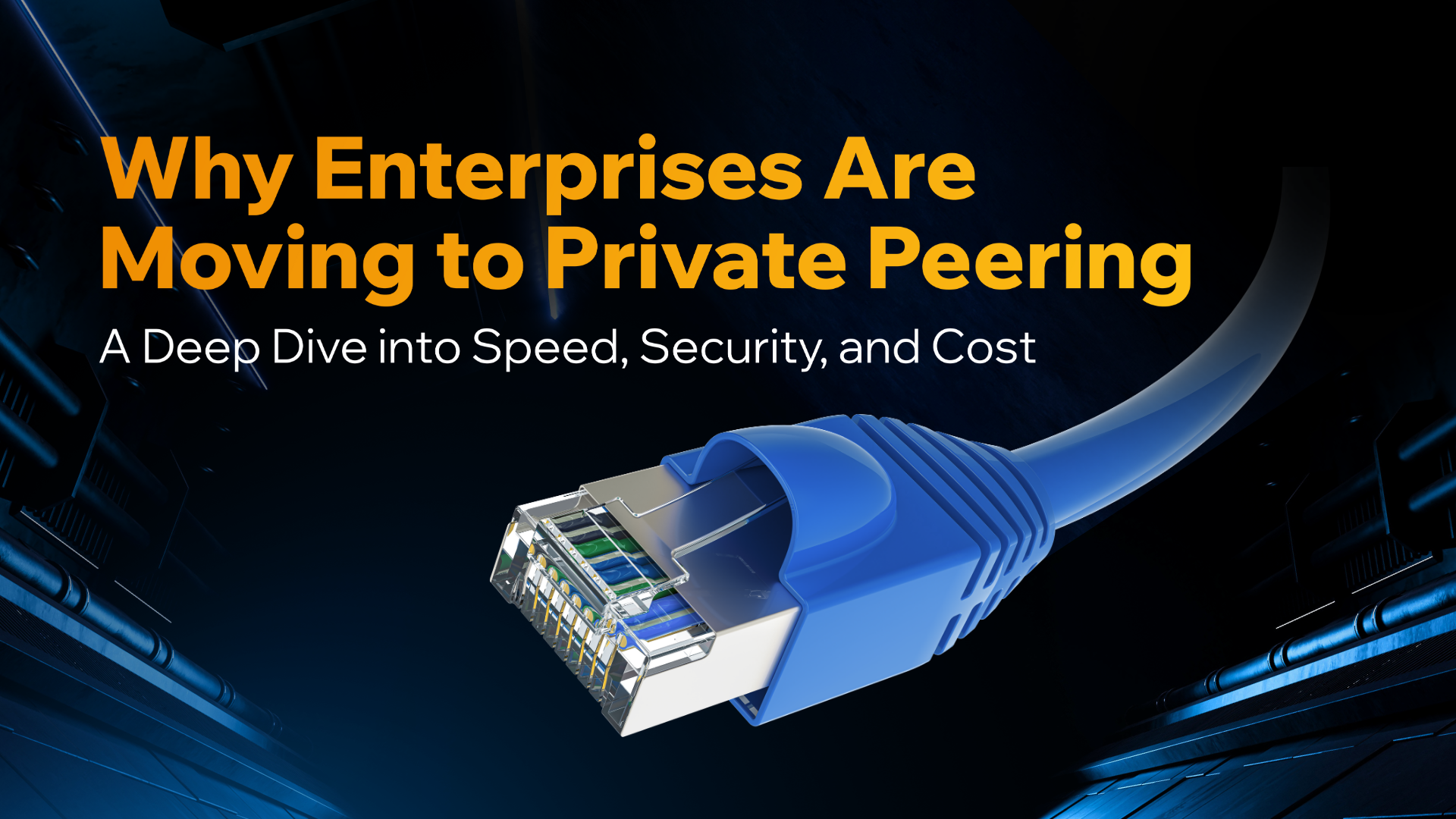
Why Entreprises Are Moving To Private Peering
As enterprise digital traffic continues to grow—driven by cloud adoption, SaaS platforms, video collaboration, and data-intensive applications—traditional public internet routing is no longer enough. Increasing latency, unpredictable performance, and rising transit costs are pushing enterprises to rethink how their networks connect. This is where private peering comes in. Private peering allows enterprises to establish direct, dedicated connections with cloud providers, content platforms, and business partners—bypassing the public internet entirely. In 2025 and beyond, private peering is becoming a strategic foundation for high-performance, secure, and scalable enterprise networks. What Is Private Peering? Private peering is a direct, one-to-one network interconnection between two parties, typically established inside a data center or through an interconnection platform. Unlike public peering at an Internet Exchange (IX), private peering uses dedicated capacity that is not shared with other networks. This model gives enterprises full control over traffic flow, performance, and security. Key Reasons Enterprises Are Moving to Private Peering 1. Predictable Performance and Low Latency Enterprise applications such as real-time analytics, financial systems, VoIP, and video conferencing demand consistent performance. Public internet paths often involve multiple hops, congested routes, and unpredictable latency. Private peering: For mission-critical workloads, performance consistency is no longer optional—it’s a requirement. 2. Improved Security and Data Privacy When traffic travels over the public internet, it is exposed to more attack surfaces and third-party networks. Private peering significantly enhances security by: This is especially important for enterprises in finance, healthcare, e-commerce, and government sectors where data sensitivity and compliance are critical. 3. Better Cloud Connectivity and Hybrid Architecture Support Modern enterprises operate in hybrid and multi-cloud environments, connecting on-premises infrastructure with multiple cloud providers. Private peering enables: As cloud traffic grows, private peering becomes a core enabler of efficient hybrid and multi-cloud strategies. 4. Cost Optimization at Scale While IP transit may seem cheaper initially, costs can escalate rapidly as traffic volume increases. Private peering helps enterprises: For enterprises with high and consistent traffic volumes, private peering often delivers better total cost efficiency over time. 5. Network Control and Visibility Public internet routing decisions are largely outside enterprise control. With private peering, enterprises gain: This level of control is critical for performance optimization and SLA-driven services. Private Peering vs Public Peering: A Quick Comparison Aspect Private Peering Public Peering Bandwidth Dedicated Shared Latency Low & predictable Variable Security High Moderate Scalability High Limited by IX congestion Cost Efficiency Better at scale Better for low traffic The Role of Interconnection Platforms Modern interconnection platforms simplify private peering by allowing enterprises to: Instead of complex, manual network provisioning, enterprises can now deploy private peering in days rather than months—accelerating digital transformation. Conclusion Enterprises are moving to private peering because the public internet was never designed for today’s cloud-first, performance-critical business environment. With predictable performance, stronger security, cost efficiency, and superior control, private peering has become a strategic necessity not a luxury. As digital ecosystems continue to expand, private peering will remain a cornerstone of enterprise network architecture in 2025 and beyond.

